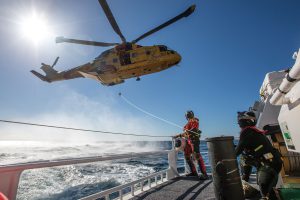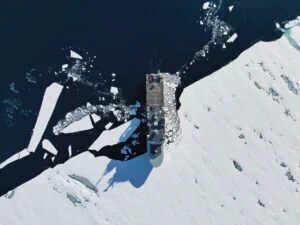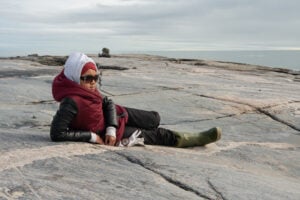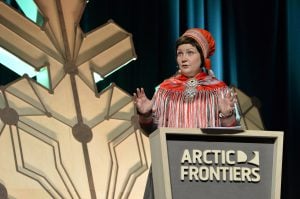
People & Culture
Safety first, service always: The Canadian Coast Guard turns 60
A celebration of the Canadian Coast Guard’s renowned search-and-rescue capabilities — and more — as the special operating agency turns 60
- 4392 words
- 18 minutes
This article is over 5 years old and may contain outdated information.
Environment

The federal government is changing the way the North is managed — developed, patrolled and protected, transited and fished — by creating a new standalone “Arctic Region” and putting Inuit and other northerners at the centre of decision making. The enormous region will now be managed collaboratively by Fisheries and Oceans Canada, the Canadian Coast Guard, northern communities and Inuit leadership. While the reorganization is in its early stages, its administrative borders will largely adhere to the shape of Inuit Nunangat (the traditional Inuit homelands), an area that encompasses millions of square kilometres of Arctic Ocean and more than half of the nation’s coastline.
Jonathan Wilkinson, Minister of DFO and the Canadian Coast Guard, and Natan Obed, president of the national Inuit representational organization Inuit Tapiriit Kanatami (ITK), made the announcement in Iqaluit on Oct. 24. This is the first time government departments have been restructured in such a way that they focus on northern issues and are guided by northern communities and Indigenous groups, and the scale of the cooperatively managed area is also unprecedented in Canada.


Are you passionate about Canadian geography?
You can support Canadian Geographic in 3 ways:

People & Culture
A celebration of the Canadian Coast Guard’s renowned search-and-rescue capabilities — and more — as the special operating agency turns 60

People & Culture
As the climate heats up, so do talks over land ownership in the Arctic. What does Canadian Arctic Sovereignty look like as the ice melts?

People & Culture
For generations, hunting, and the deep connection to the land it creates, has been a mainstay of Inuit culture. As the coastline changes rapidly—reshaping the marine landscape and jeopardizing the hunt—Inuit youth are charting ways to preserve the hunt, and their identity.

Environment
The uncertainty and change that's currently disrupting the region dominated the annual meeting's agenda